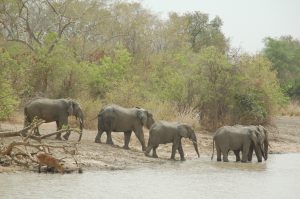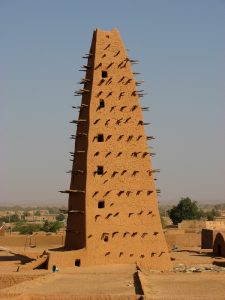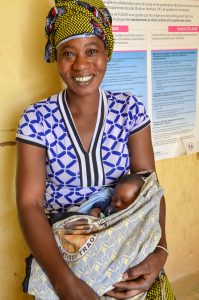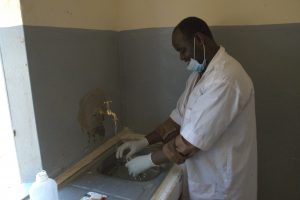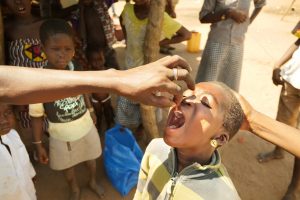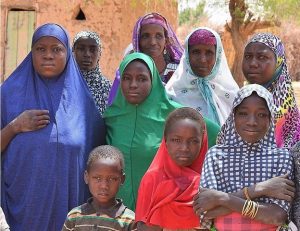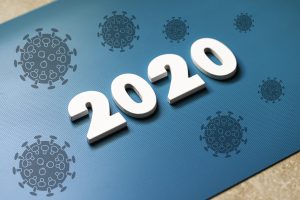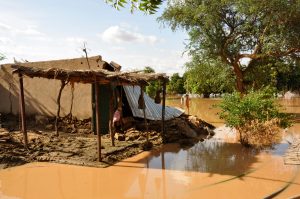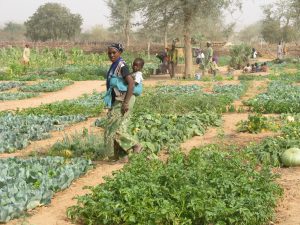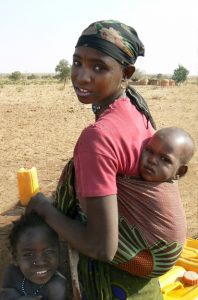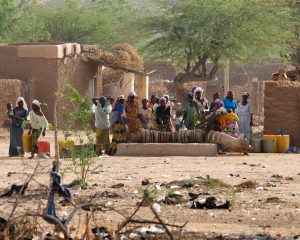By Amber Persson
As the COVID-19 pandemic continues to rage around the world, there is a silent killer that claims the lives of thousands in countries like Niger. The plasmodium parasite in mosquitoes causes malaria, a potentially fatal disease if left untreated. Malaria is responsible for 50% of all recorded deaths in Niger.
Pregnant Mothers at High Risk
Pregnant women and young children (<5 years) in particular are at high risk for malaria due to a weak immune response. According to the CDC, women lose partial resistance to malaria with the introduction of a new organ, the placenta, and other changes to their immune system during pregnancy.
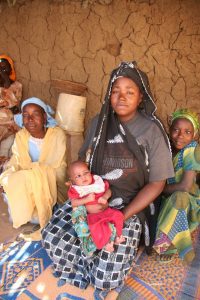
Source: Wells Bring Hope
Malaria Intervention Plan
Pregnant women are encouraged to attend antenatal care appointments starting in the first trimester where they will receive a long-lasting insecticide net (LLIN) and begin the intermittent preventive treatment (ITPp) dose series. She will receive 3-4 doses of sulphadoxine-pyrimethamine, a well-known anti-malarial drug, over the course of her pregnancy that will effectively prevent malaria when combined with the use of LLIN’s. After paying a fee for a health card, antenatal care and ITPp are free of charge and readily available. Still, less than 30% of pregnant women receive antenatal care during their first trimester. While the majority of pregnant women do receive their first dose of ITPp, less than half ever receive their third. Without the proper prevention, there is little hope in fending off malaria for these soon-to-be-mothers.
Reasons for low ITPp administration:
- Missing antenatal care appointments
- Postponing antenatal care appointments until the last trimester
- Lack of access to healthcare
- Only 47% of health professionals are trained to administer ITPp
- Certain cultural beliefs pertaining to keeping the pregnancy a secret may contribute
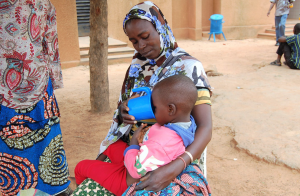
Source: PMI Impact Malaria
Niger has prioritized improving maternal and pediatric health and family planning in recent initiatives that will contribute to increasing antenatal care visitation. Improving access to healthcare, training more healthcare professionals on how to administer ITPp and overall female empowerment will significantly help the situation.
Access to Clean Water and Risk of Malaria
Access to clean water is incredibly important for lowering the risk of malaria not only by improving overall health but limiting exposure to mosquitoes that carry the parasite. In Niger, women and girls walk miles every day to collect water from sources that can be infested with mosquitoes. Higher exposure to mosquitoes equals a higher risk of malaria. In this way, drilling wells can decrease women and girls’ chances of contracting malaria while continuing to improve their health every day.


